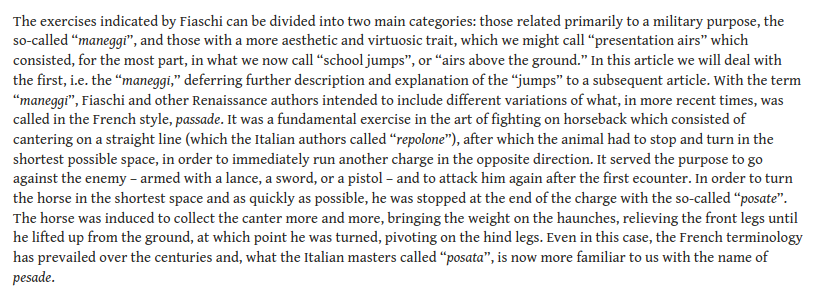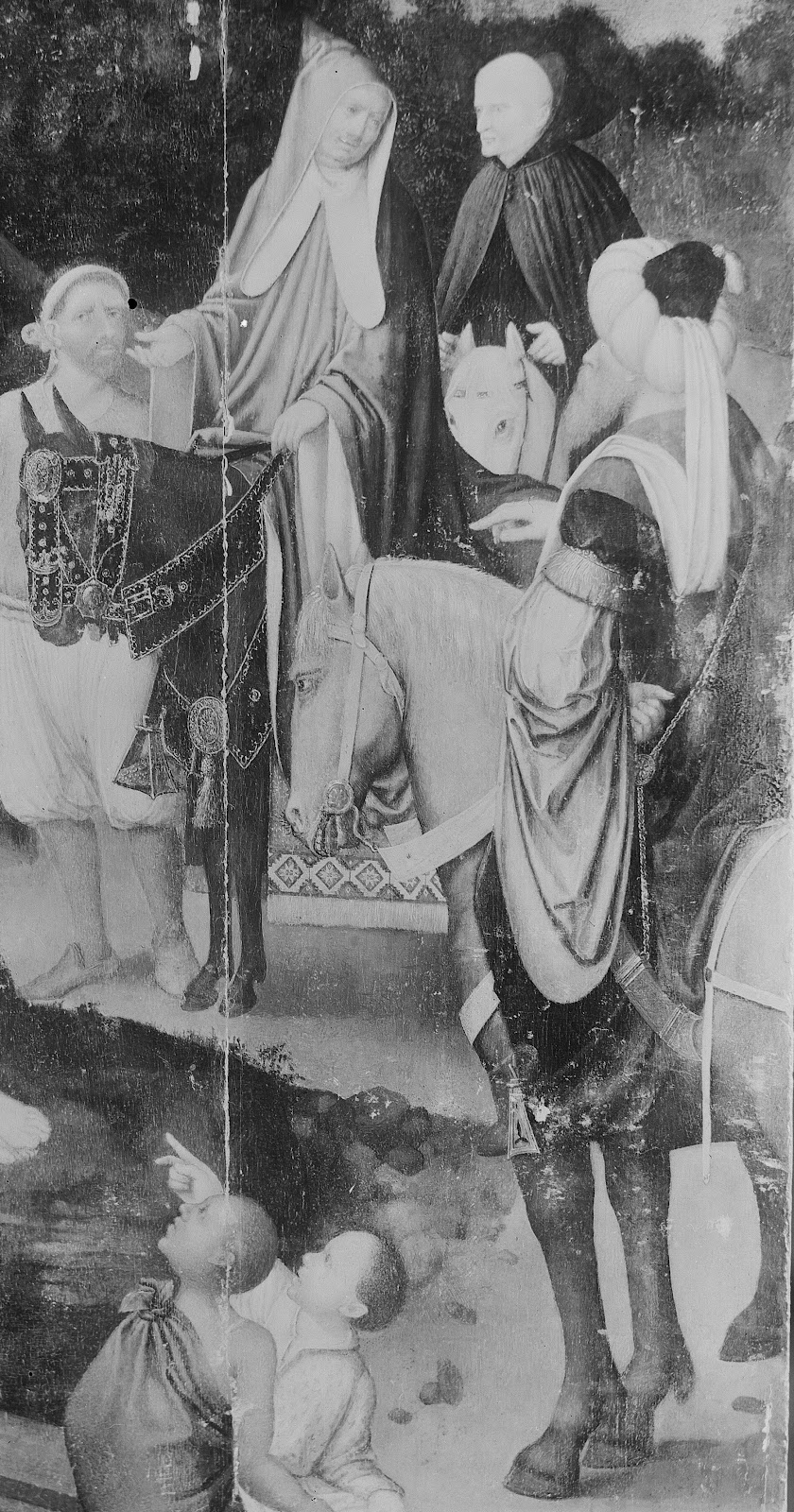Salvete Omnes,
 |
| Pacem Aeternam |
Warszawa 1944 - tragedia miasta, tragedia kultury i sztuki, tragedia ludzka.
Vae Victis
Tadeusz Gajcy (8.02.1922- 08.1944) - poeta
architekt Powstania
Zbrodniarze
Equestrian Polish, Eurasian and the Americas history and horsemanship - from Bronze Age to circa1939AD. Historical equestrian art, my own artwork; reconstructions, and some traditional art media and digital artwork-related topics. All rights reserved unless permitted by 'Dariusz caballeros' aka DarioTW, copyleft or fair use.
Salvete Omnes,
 |
| Pacem Aeternam |
Warszawa 1944 - tragedia miasta, tragedia kultury i sztuki, tragedia ludzka.
Vae Victis
Tadeusz Gajcy (8.02.1922- 08.1944) - poeta
Salvete Omnes,
a little entry from the archive of the history of horsemanship and some modern research into the history of equitation
Archive World Library contains thousands of old books - eg Trattato dellimbrigliare, maneggiare, et ferrare cavalli: diviso in tre parti, con alcuni discorsi sopra la natura di cavalli, con disegni di briglie, maneggi, & di cavalieri a cavallo, & de ferri d'esso.
which is a very nice copy of the famous equitation treatise by Cesare Fiaschi, a gentleman of Ferrara, Italy (a town where the famous Palio took place), born in 1523 when d'Este princes ruled Ferrara and fought their enemies with fire and artillery mostly, and where he died after 1570AD, when the arts of horsemanship and their studies took over Italian peninsula and eventually the aristocratic Europe.
Some time in the first half of the XVI century the Este's Ferrara saw opening of a riding academy.
Modern Italian ecuyer, researcher author, and RAI journalist, Giovani Batista Tomassini has been researching the art of horsemanship, including the life and works of signore Fiaschi. - note I posted about Giovanni Batista Tomassini's articles and research in the past.
This is messer Tomassini's work on Fiaschi's life - new and proven information - it is a veritable trove of information about Cesare, his family history, and his trials and tribulations, including a trial for heresy in 1560s.
But I would like to turn your attention to another two articles on Fiaschi and and works by signore Tomassini - Maneggi and Jumps - part 1 & part 2.
here I will 'quote' one of the most interesting passages from the part 1 -
 |
| worksofchivalry.com site or from Academia |
The second part discusses not only Fiaschi, but also Claudio Corte and Grisone, all most famous and influential ecuyers of the era.
Valete
Salvete Omnes,
and the time has come to look at Johann Georg Pforr's horses of North Africa aka the Barb horses.
The Sportsman's Dictionary said:
 |
| in addition to the Barb description, there is this falcon described |
Barb horses described by Berenger
this horse has the famous Morisco curb-bit in his mouth
 |
| we can see the ring bit of this horse Morisco curb-bit, and a moon shaped halzbant |
Valete
Salvete Omnes,
 |
| a cavesson on this stallion |
 |
| a curb-bit and two-rein military bridle, Roman nose profile |
Johann Georg Pforr drew just that - two powerful German horse (German as the entire territory of the Holy Roman Empire), one from Friesland and one from Holstein.
 |
| since the English of the era had a very weak cavalry and were oriented in breeding racing horse, a hunter and draft one |
to be continued ..
Valete
Salvete Omnes,
 |
| Equestrian details from this portrait |
in 2020 I posted some equestrian related works by master Jan Monstaer - here the link to my full posting.
 |
| detail from this painting - generalized view of a palfrey or riding horse harness |
 |
| variety of early XVI century harness |
 |
| the whole wing of the Triptych |
 |
| in this portrait late Medieval equitation on display |
 |
| this painting unfortunately I have no larger resolution in color - as the harness details are splendid |
 |
| splendid mule harness |
 |
| bridle arrangement |
Valete
Salvete Omnes,
it seems to me that we have one lazy Friday of the dog days of this summer, save for the attempted assassination of the former POTUS in Pennsylvania last Saturday, a d here we are continuing with the horses of brushes and pencils by Johann Georg Pforr.
today we will look at the Turkish horse - or the horse of the Ottoman Empire, the multiethnic and multireligious imperial realm, in the second half of the XVIII century in a serious eclipse, both militarily and economically.
 |
| Two horses, of which the grey is saddled with a type of saddle known as jarczak(Jarcak) |
 |
| details of the legs and hooves |
 |
| Jarczak saddle, with an obergurt (ober-sattelgurt) or ryngort (leather straps with cinch arrangement holding the saddle with a shabraq on horse's back) |
and finally, what our good friend The Sportsman's Dictionary had to say about the Turkish horse circa 1770AD-